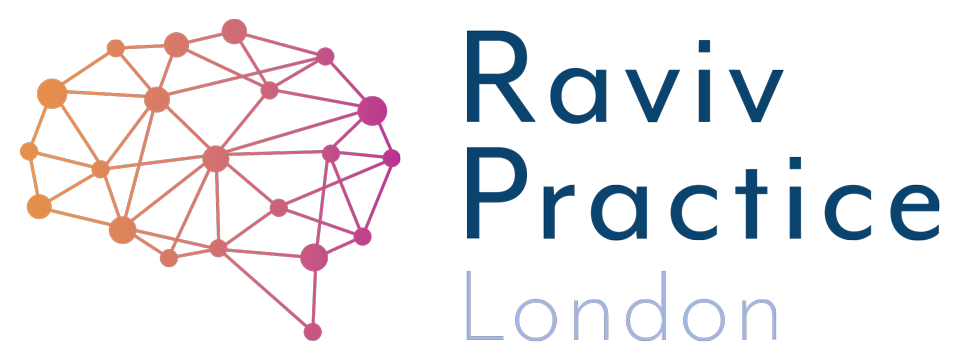Why can’t my child open a packet of crisps?
Why can’t my child open a packet of crisps?
During all my time delivering therapy programmes to children and their families, I hear about all kinds of problems. One time, a little girl came to me and told me her mum allowed her to take crisps to school in her lunch box now and then, as a treat. Despite loving crisps, she would often return them home unopened. It turned out she was having great trouble opening the packet and was too embarrassed to ask for help.
While this might seem minor, it is actually very common, and as with all motor function problems it is indicative of something deeper – in this case, a general problem with “hand grasp”. Children who struggle to open packets of crisps usually also struggle with other tasks such as tying their shoelaces and handwriting.
What can be done to help poor grasp?
A few weeks later, the same girl came back to me to say she wanted me to help her make the special Scout hand signal – the one where your thumbs grasp your little finger, and the middle three fingers are raised.
“children who presented themselves with their thumb tucked into their fists were showing a sure sign of possible unresolved trauma.”
We worked using Robinson's Hand grasp, which is the first reflex I learned when I went to do a three-day training in programme called MNRI in Slovenia back in 2015. At this practical workshop-seminar, I was taught that children who presented themselves with their thumb tucked into their fists were showing a sure sign of possible unresolved trauma. Newly born babies usually have tucked thumbs for a short while, but soon learn to grasp things in a mature way by using the thumb over the closed fist – for example, gripping tightly onto a parent’s finger.
During the MNRI workshop, I learnt all the phases of hand and finger development. The pincer grip is the ability of the thumb and the index finger to press together and hold things. When the thumb can touch the individual fingers, it is called finger differentiation.
When parents come to me for their children with poor handwriting, I give them the exercises for Robinson's hand grasp. They progress through five exercises per week and complete around thirty movements in six weeks. This does not lead to an instant improvement in neater handwriting and the ability to tie shoelaces, but they are one step closer because the underlying problems with their grasp are being addressed. It gives them the groundwork necessary to then move on and successfully address their other problems.
Finger massage can help hand grasp…
Finger massage is a quick way to help the brain make a connection with each finger. The way to do this is to imagine you are taking a tight-fitting ring off your finger. Once you have removed the imaginary ring, you firmly massage the tip of that finger. Do this to all the fingers.
“she could enjoy football without the fear of tripping over untied shoelaces.”
This process is highly effective, and the child can do it themselves. My little Girl Scout Student was very keen and was able to do the Scouts sign in about three weeks. Each time she said she could feel her fingers more and more. Opening crisp packets was not so easy, but we got there with a lot of practice and time. This then led to the loops for the shoelace tying, and she could enjoy football without the fear of tripping over untied shoelaces. Our hand and fingers have many sensory connectors, and making the brain hand connection can take time.
…and so can chores!
This might not be at all popular with your child, of course, but it really can help! The regular and repetitive nature of these tasks can go a long way in improving grasp and dexterity.
5 of the Top chores for children to improve their hand grasp
Wringing out a sponge
Wiping worksurfaces
Hanging up laundry
Folding clothes
Pairing socks
The modern world has not helped children with developing hand grasp. When children use electronic devices, they do not use the entire grasp skill. They are using their thumbs and not engaging the index fingers. This is not conducive to bridging developmental gaps; in fact, it will cause further problems.
So, every now and then, when screen time is finished, try the old-fashioned game of Cat's Cradle with your child, or pat-a-cake style clapping games. These activities may seem outdated but very necessary, and can be a fun learning experience. And it’s not just handwriting and crisp-eating it will help, there will always be the need to use manual dexterity for highly skilled jobs from surgery and medicine, through to arts, music and crafts.
In fact, the medical profession is seeing dexterity deteriorate for new students, so parents take note and start your budding brain surgeon on quilting as soon as possible!
Dyslexia? Dyspraxia? ADHD? ASD? Speech & Language? Developmental Delay? Anxiety?
Is every school day a struggle? As a parent, you may feel exhausted and on this journey alone. Each year you see the gap getting wider. You need to do something - change the approach, help your child learn for themselves, find a way to turn this around - to help while you can - do this NOW. the first step is free.
About the Author
Usha Patel is a Neurocognitive Therapist and Director at Raviv Practice London. Parents searching to help their suspected/neurodiverse child can get evidence-based solutions with results in as little as 8 weeks. Those in search of jargon-free help can get started straight away.



